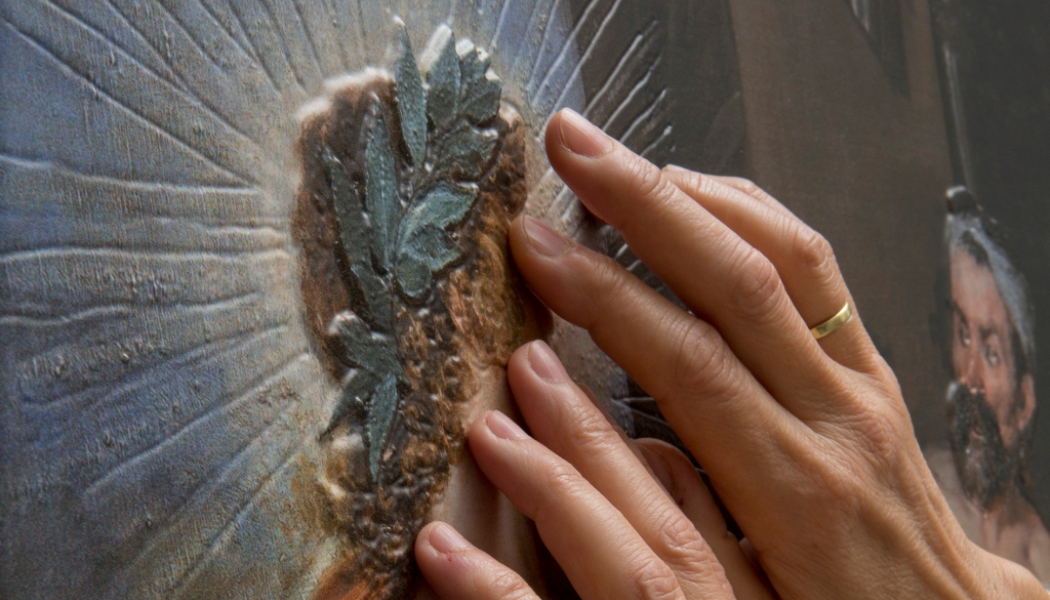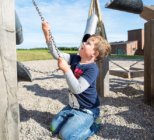The State of Museum Access 2018 is a valuable report focusing on how museums and heritage attractions communicate their offer for disabled people. Museum websites, the charity says, are key tools for providing visitor access information, and the absence of this contributes to the ‘disability engagement gap;’ where people with a disability are less likely to be regular or frequent visitors of museums than those who are not disabled.
To inform the guidelines set out in the report, an audit was undertaken by project volunteers (mostly working or studying within the museum and heritage sector), who visited 1,718 museums websites across the UK, recording the presence or absence of access information. They found there was still a substantial evidence of a ‘disability engagement gap’ at museums and heritage attractions with around one in five (19 per cent) accredited museums failing to provide any access information online, which was an improvement on 27 per cent in 2016.
“State of Museum Access 2018 is a must read for all museums and heritage professionals; combining sector wide benchmarks with examples of good practice and expert advice”
Sarah Boiling, Chair of the Board of Trustees, VocalEyes
The report says the museums audited were those registered in the Accreditation Scheme co-managed between Arts Council England, the Welsh Government, Museums Galleries Scotland and the Northern Ireland Museums Council, and are therefore considered to be the best museums in the UK.
As a result, the State of Museum Access 2018’s guidance aims to help all museums create or review the information that they provide online, in order to:
- welcome potential visitors with disabilities
- inform visitors of any barriers to access at the museum
- reassure visitors that the museum has worked or is actively working to remove them
The Museum Access Pledge
- We will seek to proactively address barriers within our museum for people with disabilities.
- We will encourage people with disabilities to visit our museum by ensuring that detailed access information is provided on our website
- We will enable potential visitors to decide for themselves whether to visit
- We will use welcoming and inclusive language to communicate directly with disabled visitors and encourage them to contact us and give feedback on their visit
The report recognised that each museum presents its own unique challenges and barriers to potential visitors, and said it appreciated that not all museums will be able to provide all the access facilities, services or resources recommended in the report with budgets and staffing capacity vary hugely across venues. However, it stated that providing informative and accurate access information online is ‘straightforward to implement and can have a significant impact’.
“Through our work with the History of Place project we have collaborated with a range of Museums as we believe that deaf and disabled people have a right to access heritage and culture,” says Esther Fox, Head of Accentuate Programme, Screen South. “This report gives an excellent overview of what is working well in the sector as well as practical advice and guidance so museums and heritage sites can improve their offer. By working together we can ensure more deaf and disabled people have better access to our shared heritage.”
The report has been authored by Matthew Cock, Chief Executive, VocalEyes; Molly Bretton, Access Manager, Royal Academy; Richard France, Subtitling Services Manager, Stagetext; Anna Fineman, Museum and Heritage Programme Manager, VocalEyes; Claire Madge, Founder, Autism in Museums and Melanie Sharpe, Chief Executive, Stagetext.
Download: State of Museum Access 2018 report










